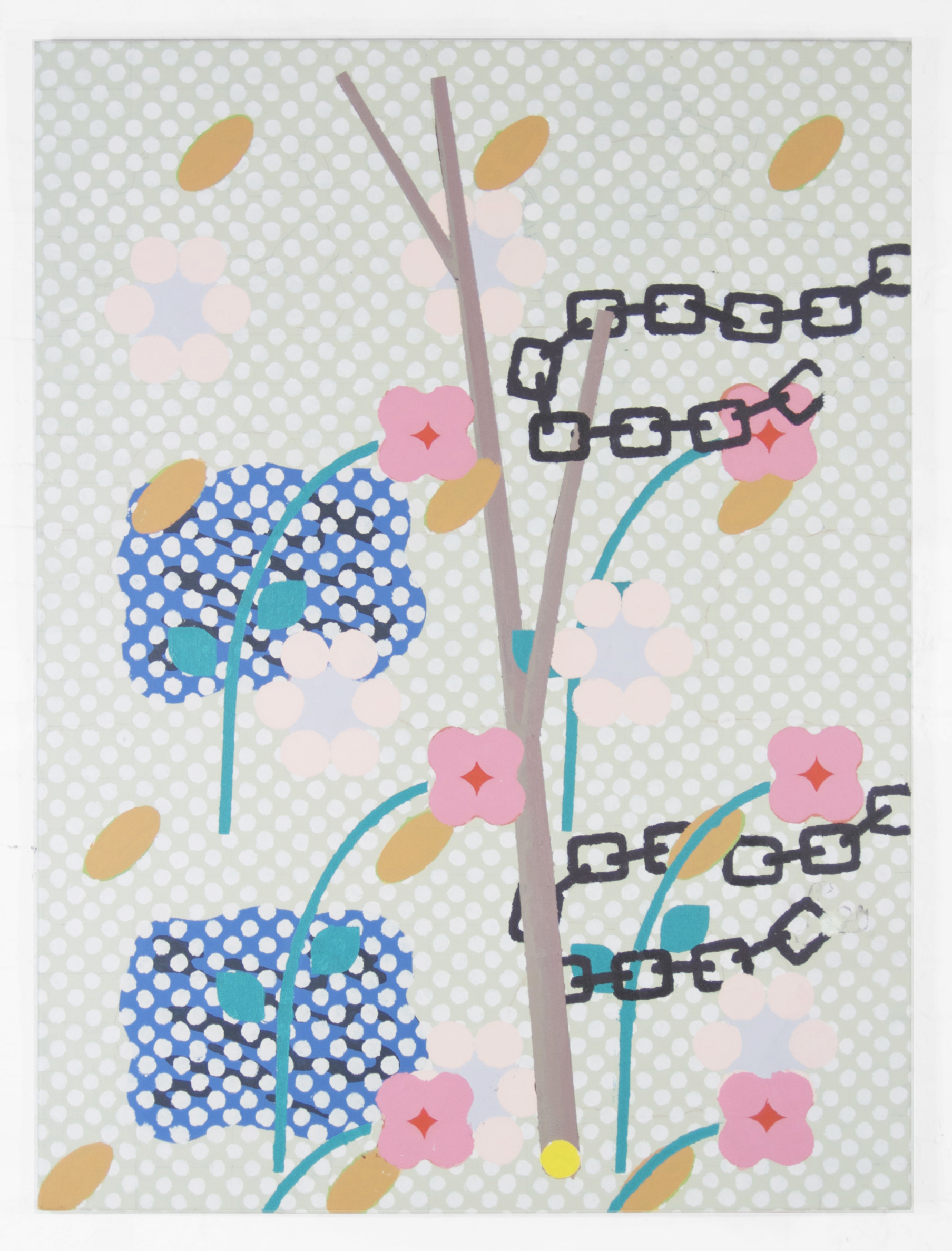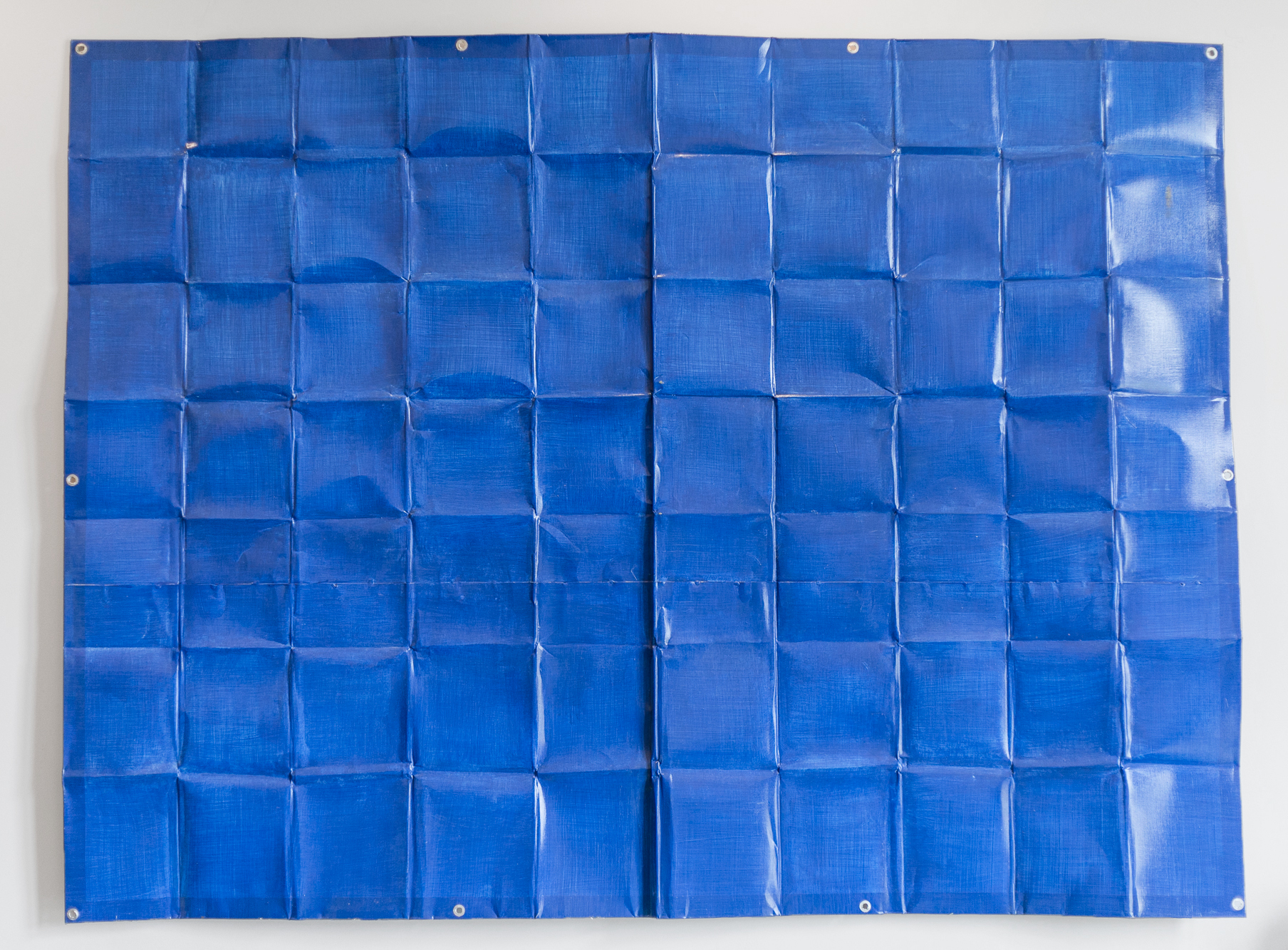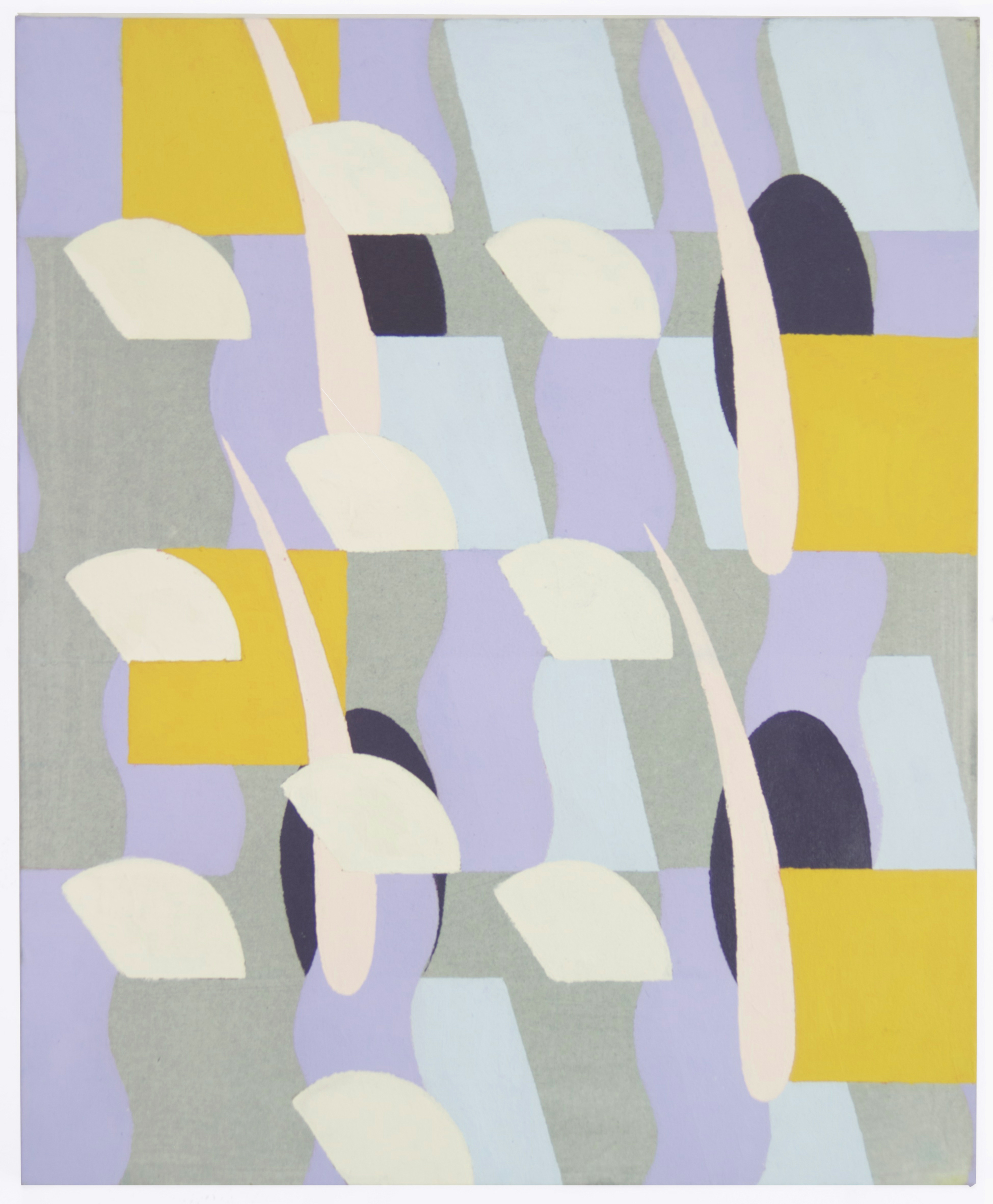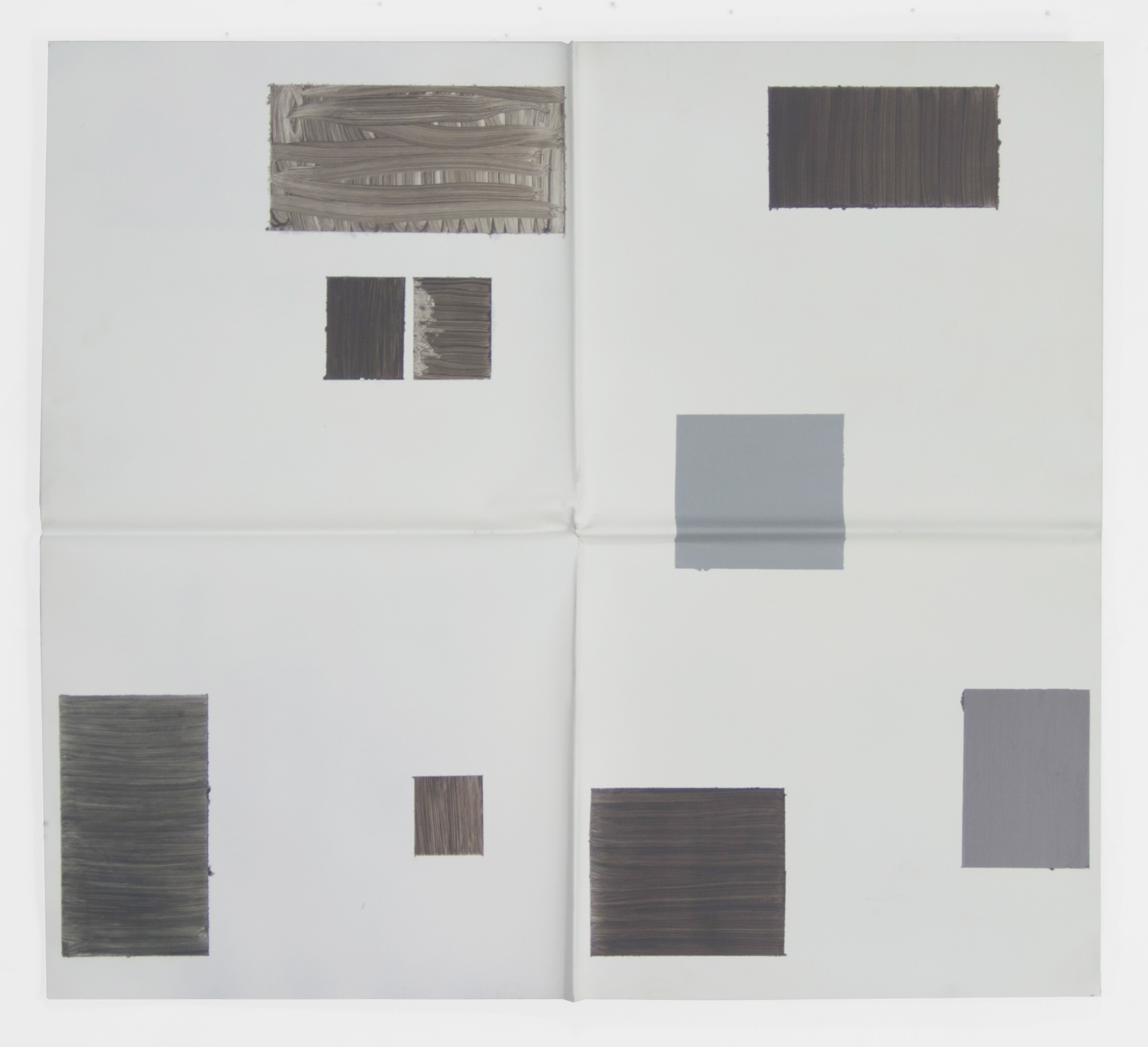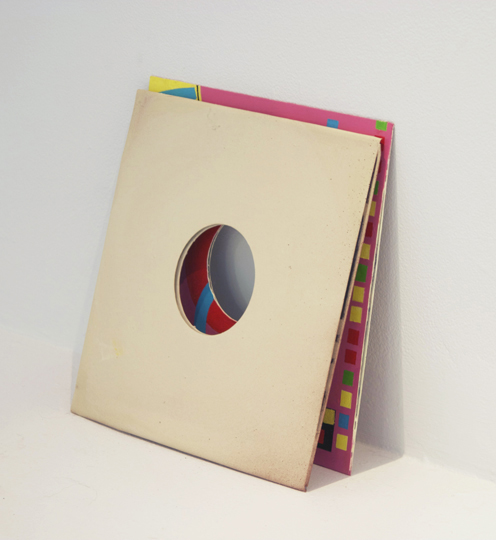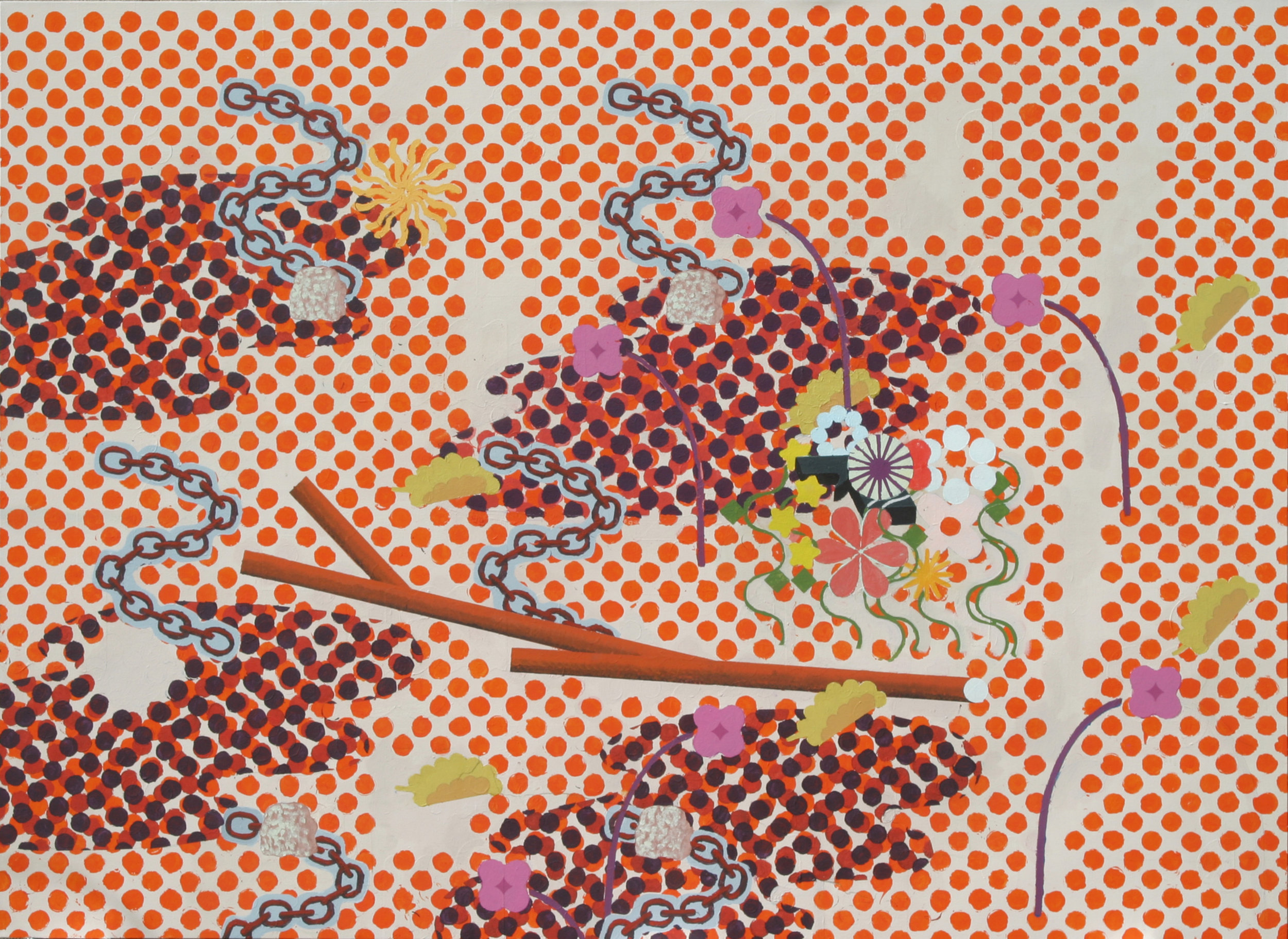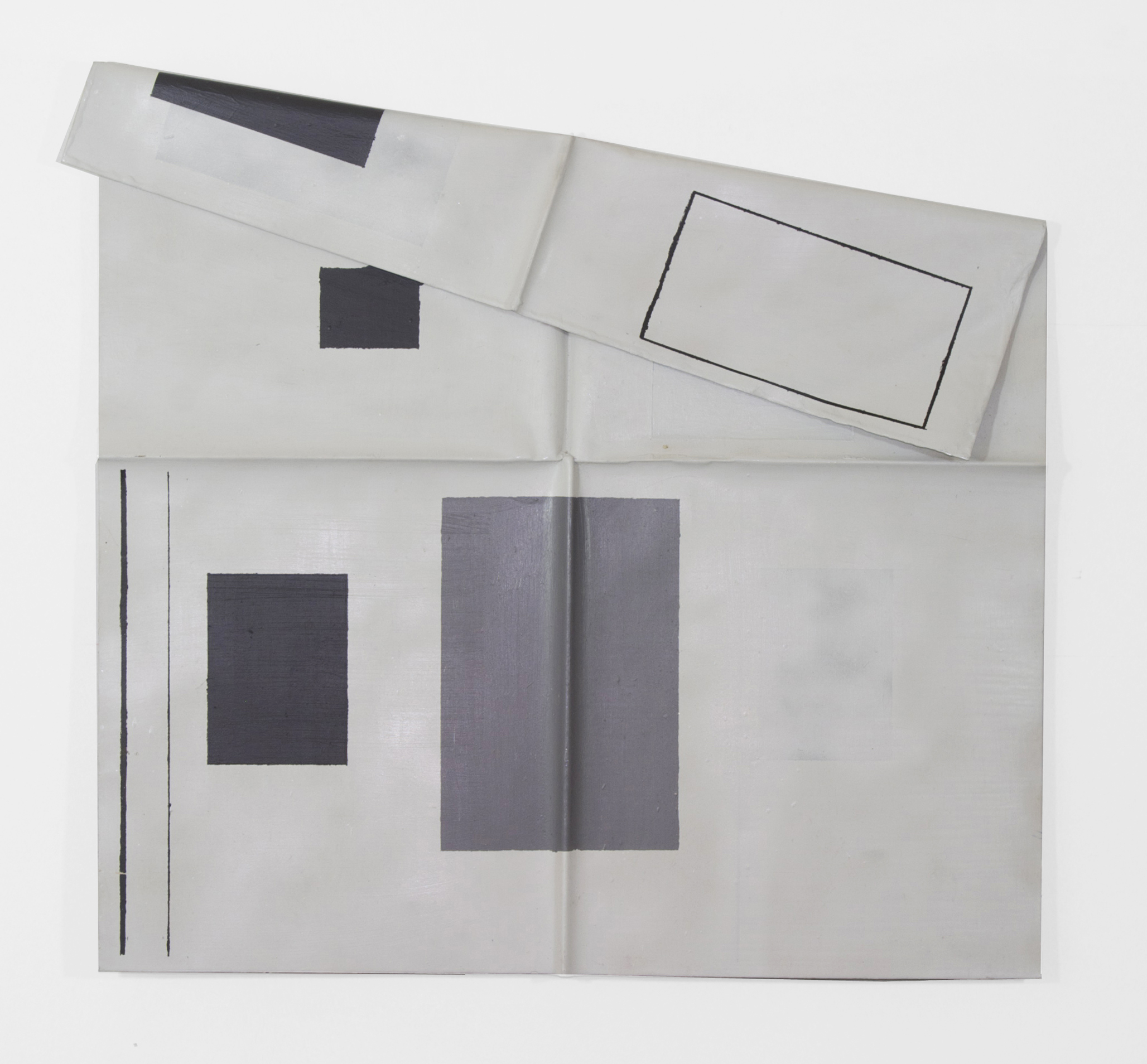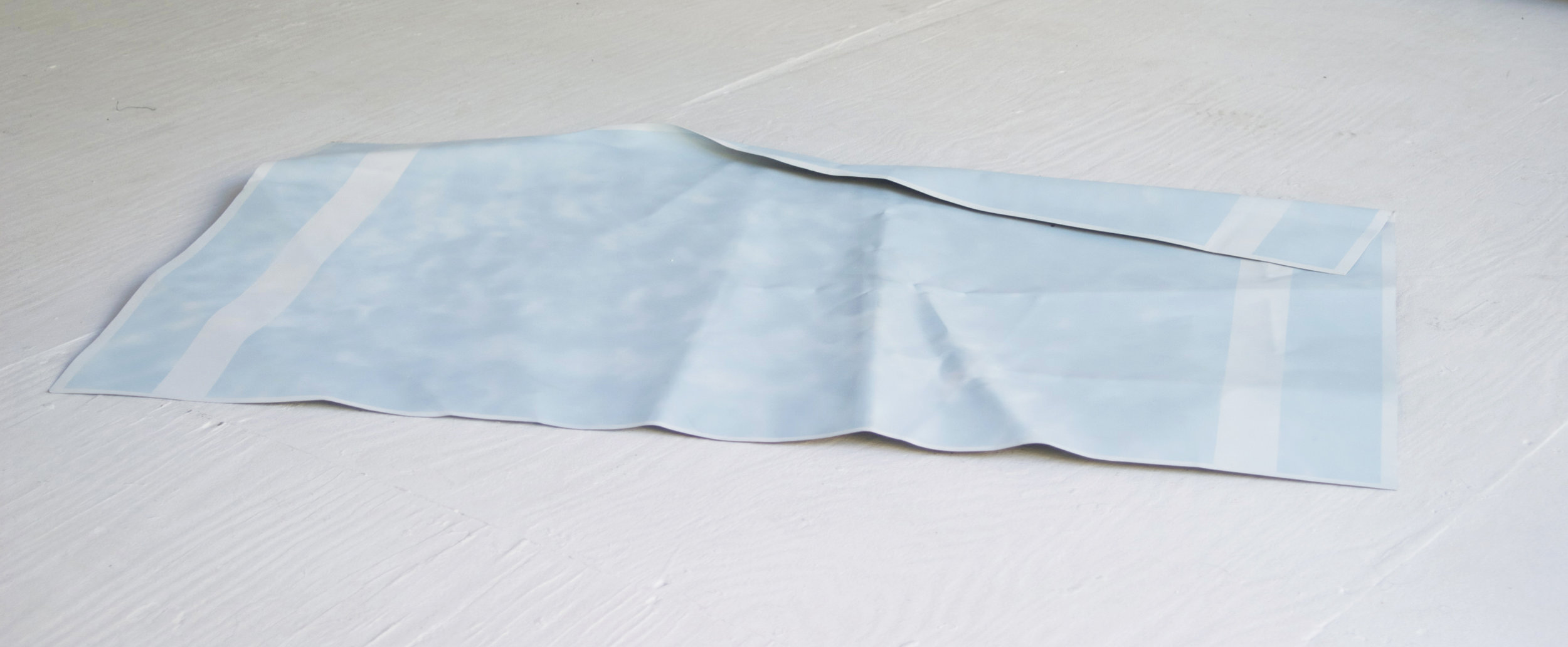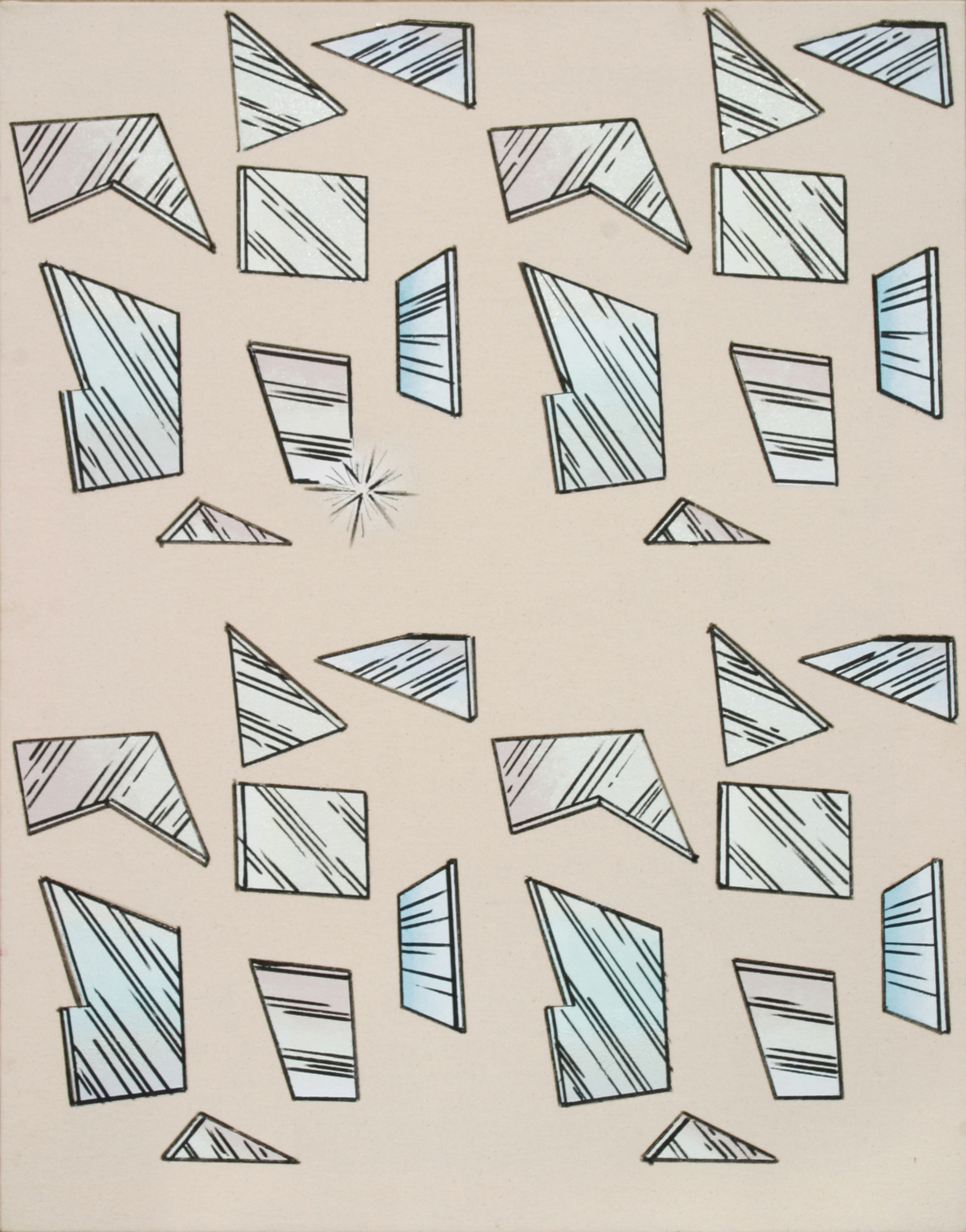Brian Michael Dunn investigates pictorial abstraction through quantized landscape pattern paintings and through painted reliefs that mimic the forms and surfaces of everyday objects. Born in Milwaukee, WI in 1982, Dunn received a Bachelor of Fine Art in Painting from Boston University and a Masters of Fine Art from Cornell University. Dunn was awarded a Mid-Atlantic Arts Council Fellowship to attend the Millay Residency, a Pollack-Krasner Fellowship to attend the Woodstock-Byrdcliffe Residency and the Ellen Stoeckel-Battel Fellowship to attend the Yale-Norfolk Summer Program. Dunn’s work has been exhibited in galleries across the region including Terrault (Baltimore), Nudashank (Baltimore), Automat (Philadelphia), Woskobb Family Gallery (PA) Fjord (Philadelphia), Creative Arts Workshop (New Haven) Gary Snyder Project Space (NYC), Fordham University Lipani Gallery (NYC), Hundred Forsyth (NYC), Public Address Gallery (NYC) and Ventana244 (NYC).
Artist statement
Over the past few years I’ve developed concurrently two distinct bodies of work. One group, which I call ‘Sequences,’ is a series of paintings made up of invented representations of nature constructed through a series of overlapping and interweaving patterns of geometric forms. The other group, which I’ve dubbed ‘Sheetz’ is a series of low relief paintings on sheet metal that mimic the forms and surfaces of everyday objects. In the Sheetz series, I seek to create works which operate as both object and image, abstraction and naturalistic representation, and which display aspects of both their true and depicted materiality. The objects that I have chosen to re-create all carry some quality of ‘painting-ness’ (relative flatness, color, rectalinearity) and each object’s previously functional qualities take on new roles as signifiers of meaning when re-cast as elements within a painting. The Sequences series began with an investigation into the interaction of varied patterns across a pictorial field as they go in and out of phase. I sought the parameters of following set patterns across a limited set of coordinates as a way to counter my own compositional defaults and to inject a mechanized logic into the pictures. Recently, I’ve applied this systematic, repetitive approach to composition and mechanized, depersonalized paint handling to representations of the natural world. While these two directions in my practice deal with very different sets of questions, both bodies of work stem from devoting prolonged attention to often overlooked aspects of everyday life.


